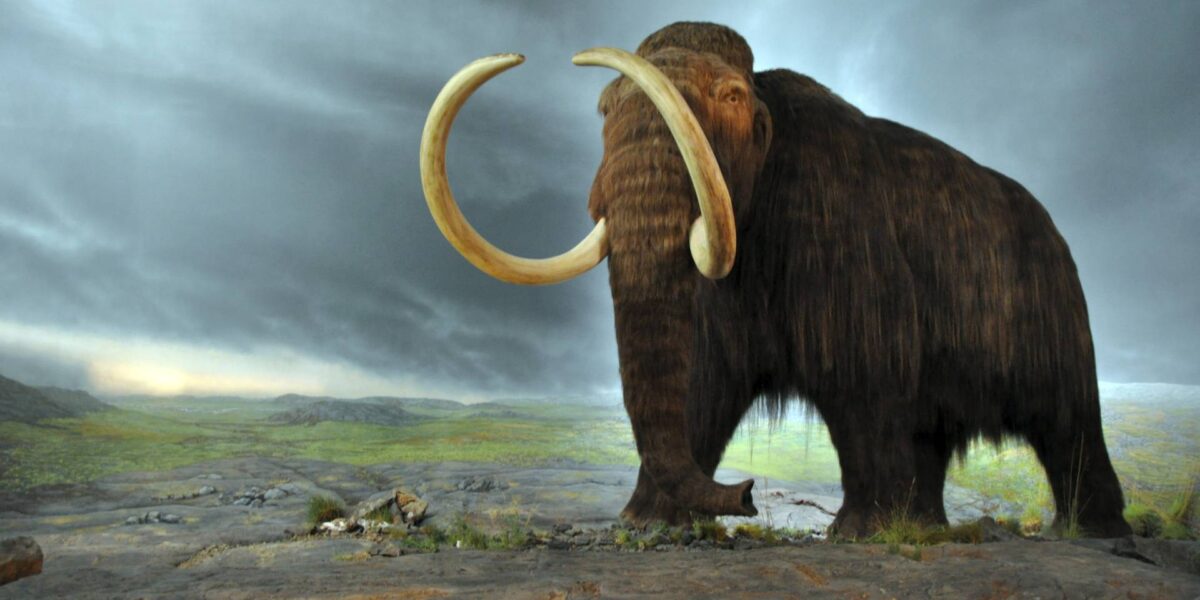It is now generally accepted and recognized that we should be grateful to those who first occupied this land — the Indigenous peoples who have lived in Canada “since time immemorial” and who bequeathed us the environments that sustain our lives.
“Time immemorial” could be interpreted as a past of which we have no knowledge. Yet, stories, oral history, archaeology, and DNA technologies provide evidence of the movements and activities of the first peoples of Turtle Island.
Interpreting this evidence is controversial.
One theory is that before the maximum extent of the last ice age, a few thousand people had migrated from Siberia to an area known as Beringia that includes portions of the Russian far east, Alaska, and the Yukon east to the Mackenzie River. Although they were essentially trapped for nearly 15,000 years, these people survived by hunting the large mammals (many now extinct) that were supported by Beringia’s productive grassland ecosystems.
When the glaciers began their retreat around 16,500 years ago, these people rapidly spread throughout the Americas, aided by their hunting skills, crafting of “Clovis” spear points, and use of tools such as “atlatls” to achieve high velocities and penetrations in spear-throwing.
However, there is increasing evidence – albeit disputed – that these “Clovis people” were not the first to arrive in the Americas. University of Alberta emeritus professor Ruth Gruhn, in An anthropological conception of the initial peopling of the Americas, discusses the evidence that humans already occupied both North and South America at low population densities before the last glacial maximum, perhaps 30,000 years ago or more, and expanded their populations when climatic conditions improved.
Gruhn suggests that highly diversified language families — 150 in North America alone — can be explained only by “wave after wave of migration of hundreds of different speech communities separately from Siberia across the Bering Strait (a demographic improbability), or in situ diversification within the Americas over the range of 35,000 years.”
One of the main sources of evidence for a longer history of peoples in the Americas is accelerator mass spectrometry. It has made radiocarbon dating so precise as to allow determination of the age of a single plant seed or small bone fragment. Carbon-14 dating of woolly mammoth bones from a site in New Mexico indicates that humans ate these animals roughly 37,000 years ago.
DNA evidence suggests two founding populations of Indigenous Americans. Some native South Americans appear to share ancestry with Indigenous Australians and New Guineans, indicating that the arrival of people of southeast Asian ancestry preceded the Clovis wave by tens of thousands of years.
Human responsibility for the disappearance of “megafaunal” species – mammoths, mastodons, giant ground sloths, horses, tapirs, camels, bears, saber-tooth cats, and others – is another hotly-debated topic. The authors of an article on human acceleration of animal and plant extinctions argue that “hunting, population growth, economic intensification, domestication and translocation of plants and animals, and landscape burning and deforestation, all contributed to a growing human domination of earth’s continental and oceanic ecosystems” that continues to this day.
European colonialization accelerated extinction in the Americas. Dan Flores, in Wild new world: the epic story of animals and people in America, describes in painful detail how “Old world ideologies precipitated 400 years of market-driven slaughter that devastated so many ancient American species.”
Flores also discusses the “overkill” model in which Clovis peoples, as big game hunting specialists, caused rapid megafaunal extinctions within a few centuries. He says this reveals a “long-standing danger Homo sapiens presented to the continent’s evolutionary richness.” He does not discuss evidence that earlier Indigenous peoples may have coexisted with American megafauna for tens of thousands of years.
The Clovis ancestors of current-day Indigenous peoples undoubtedly contributed to a significant loss of biodiversity immediately after deglaciation. But in the ten thousand years that followed, diversification of languages and cultures created more sustainable relationships with other species.
Flores describes how these relationships were disrupted by colonization and market forces. He also offers glimpses of hope that our settler cultures may be slowly recognizing that we too are part of nature, with efforts to reintroduce keystone species such as beaver, bison, and wolves.
Greater action to restore biodiversity is urgently needed. Mass extinction affects us all.



